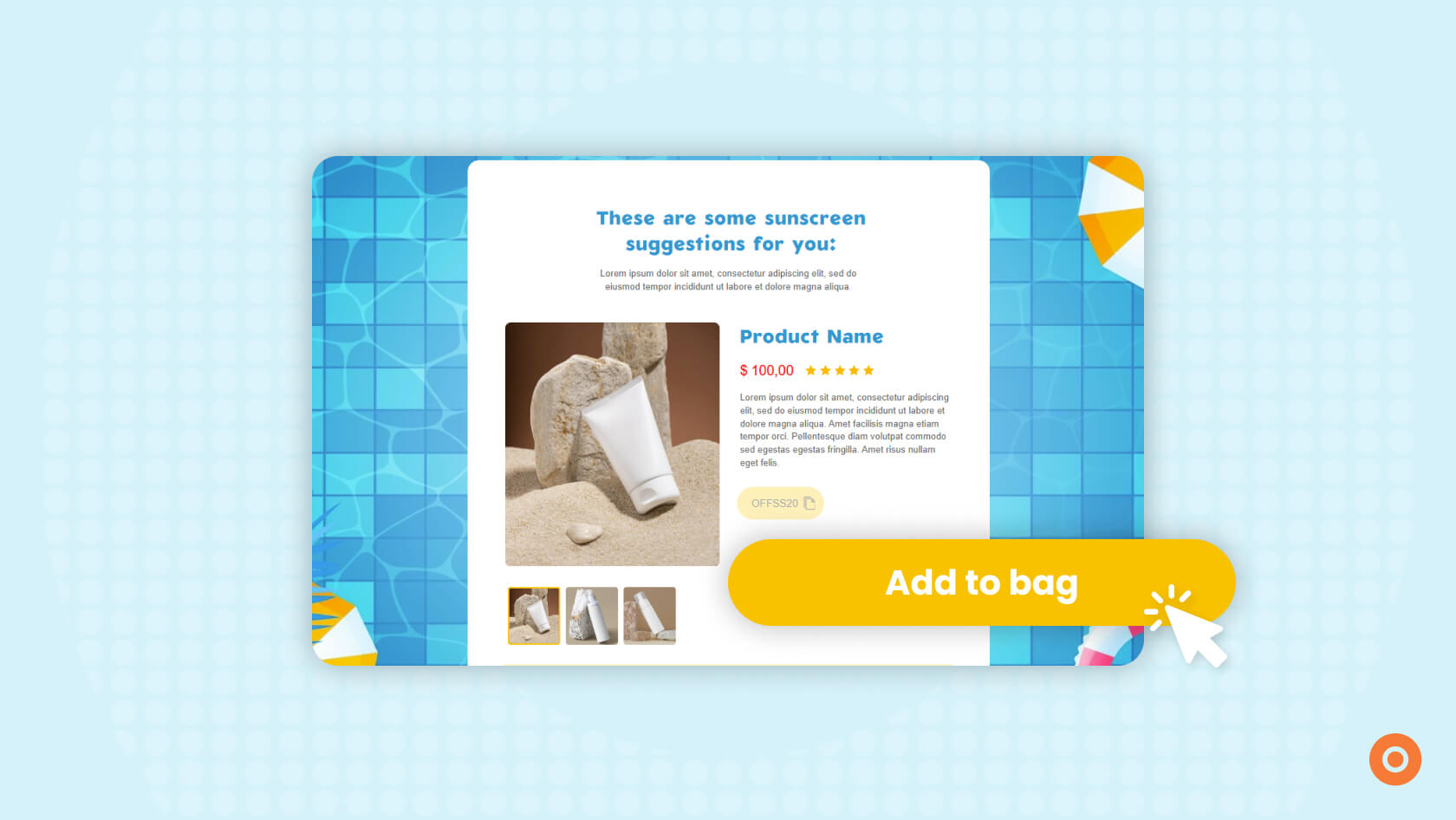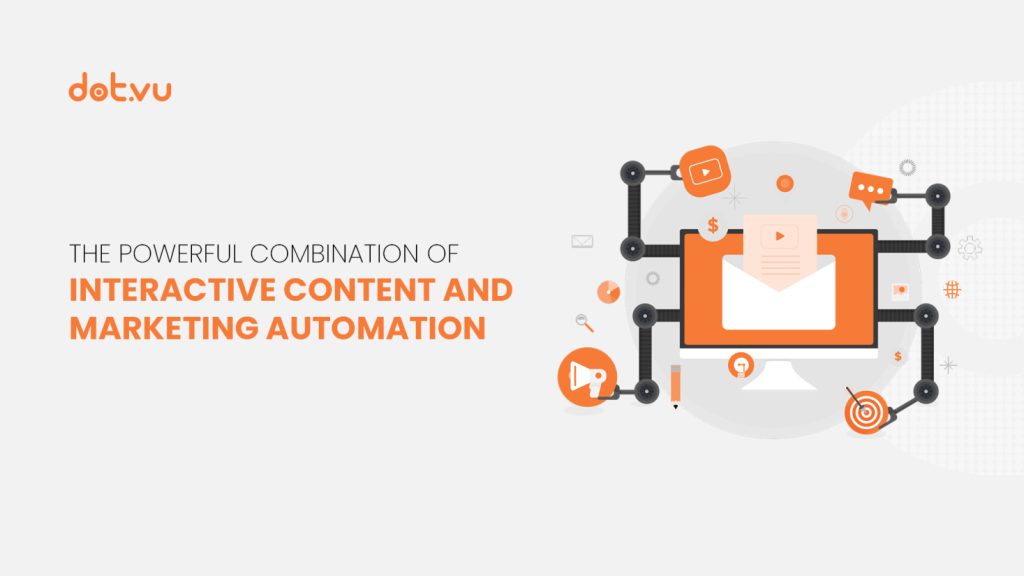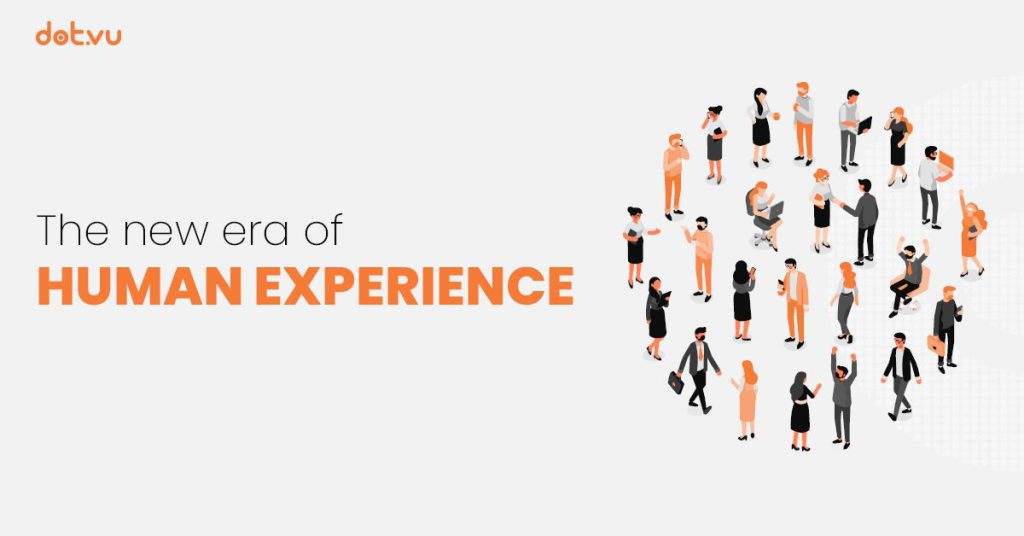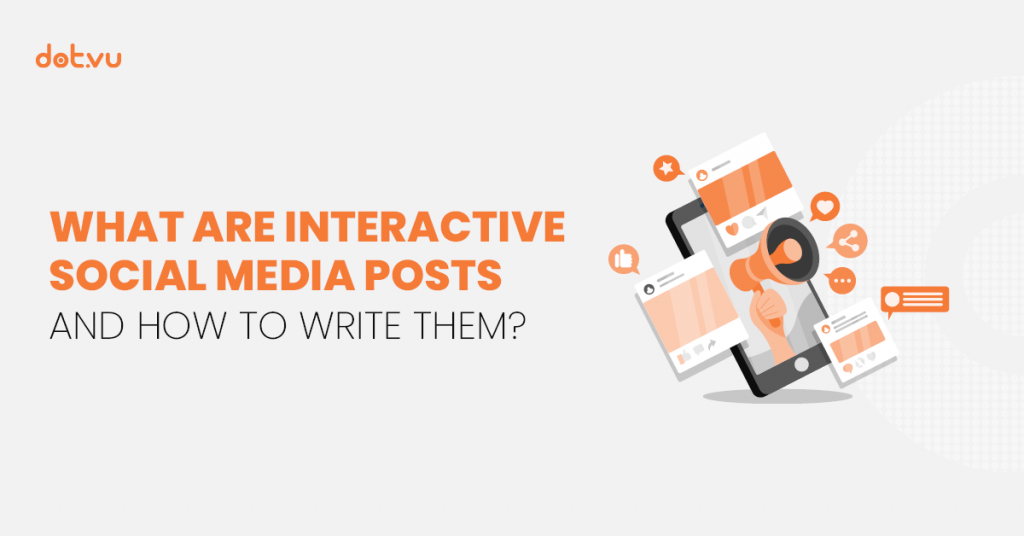
If your website or emails look exactly the same to every person who visits, you’re missing out on a massive opportunity to connect, engage, and convert. People expect experiences that speak directly to them. That’s where dynamic content comes in. It’s how you can make every interaction feel personal, relevant, and tailored to your audience.
Dynamic content lets you tailor your message based on who’s seeing it. That means smarter targeting, higher relevance, and content that actually feels like it was made just for the person viewing it. This blog walks you through what dynamic content is, how it works, and how to use it to create scroll-stopping, action-driving experiences.
Table of content:
- What is Dynamic Content?
- Types of Dynamic Content
- What Dynamic Content Could Look Like (with a Real Interactive Example)
- Live Dynamic Content Example: Interactive Template Generator
- Dynamic vs Static Content
- Dynamic Content and the Buyer’s Journey
- Why Your Website Needs to Be a Dynamic Content Website
- Start Using Dynamic Content Today
What is Dynamic Content?
Dynamic content is any content on your website, email, or app that changes based on the user viewing it. Instead of static content that shows the same thing to everyone, dynamic content updates in real-time using data like location, behavior, device type, or past activity.
Think: a homepage that welcomes returning users by name. Or an email that features different products depending on what someone browsed last week. It’s personalization at scale, and it works.
And in case you’re wondering whether it’s worth it? Check out the numbers:
- 80% of consumers are more likely to purchase from a brand that offers personalized experiences.
- 67% of consumers say it’s important for brands to automatically adjust their content based on their current context for a real-time personalized experience.
- 31% of ecommerce site revenues come from product recommendations—showing just how powerful tailored suggestions can be.
- 74% of customers feel frustrated when website content isn’t personalized.
Personalization is KEY to dynamic content, try out this website personalization strategy!
Types of Dynamic Content
There are lots of ways to use dynamic content across your marketing channels. Each type serves a unique purpose in helping you connect more meaningfully with your audience:
- Dynamic Emails: Instead of sending the same generic message to your entire list, dynamic emails adapt to the recipient. You can have subject lines that include their name, product recommendations based on browsing history, or CTAs that align with previous behavior. These boosts open rates, clicks, and make your emails feel way more human.
- Dynamic Web Pages: A dynamic web page changes based on who’s visiting and why. For example, someone arriving from a Google ad might see a different version of your homepage than a returning customer. It’s all about matching the message to the moment for better engagement.
- Popups & Banners: These are triggered by real-time behavior like a popup offering a discount when someone’s about to leave your site, or a banner promoting free shipping to users in a specific location. When done right, popups and banners become helpful, not intrusive.
- Interactive Content: This is type of content in its most engaging form. Quizzes, calculators, and Interactive Presentations that adapt as users interact give a personalized experience that doubles as both a lead gen tool and fun.
- Smart Landing Pages: These pages update based on UTM parameters or campaign tags. Someone clicking from a LinkedIn ad might land on a page that speaks directly to their industry or job title, making the content instantly more relevant and persuasive.
What Dynamic Content Could Look Like (with a Real Interactive Example)
Dynamic content can take many forms depending on the platform, the user’s behavior, and your marketing goals. Here are some strong examples that show how it could work in real life:
Live Dynamic Content Example: Interactive Template Generator
Want to experience dynamic content in real time? Try our Interactive Template Idea Generator — it changes based on what you select and delivers tailored suggestions instantly. That’s what it looks like in action.
Dynamic vs Static Content
Let’s break it down:
| Feature | Static Content | Dynamic Content |
| Same for everyone | Yes | No |
| Personalized | No | Yes |
| Conversion rate | Lower | Higher |
| Setup effort | Minimal | Medium (but scalable) |
Static content is like a billboard where you’re constantly hoping for the right people to see it but with dynamic content, it’s like a one-on-one conversation. It’s targeted, responsive, and far more effective.
Dynamic Content and the Buyer’s Journey
Dynamic content marketing isn’t just about being flashy. It’s about guiding your audience through each stage of the buyer’s journey with messaging that evolves with their needs.

Awareness Stage
At this point, your audience is just learning about their problem or your solution. Dynamic content here could include blog headlines that shift depending on referral source or audience segment, ensuring the content feels relevant right from the jump.
Examples of content to use within this stage:
- Tailored welcome messages: Show a personalized greeting or hook based on whether it’s a user’s first time visiting, or based on their referral source.
- Geo-targeted banners: Highlight events, promotions, or offers based on the visitor’s location.
- First-visit popups: Use behavior-triggered content to deliver an intro offer or lead magnet. (Here are 28 types of popups you can use!)
Consideration Stage
Now they’re comparing options. Use tools like quizzes or product finders that adapt to their inputs, helping them explore solutions tailored to their pain points. The goal here is to educate while nudging toward your solution.
Examples of content to use within this stage:
- Interactive Quizzes or Product Recommenders: Help users find what fits them best based on their preferences.
- Personalized product highlights: Showcase specific collections or bundles that align with what a user previously interacted with on your site.
- Smart content blocks: Show FAQs, value props, or comparison charts that reflect what users have already shown interest in.
Decision Stage
This is where things get serious. Show personalized landing pages, retargeting popups with urgency-based CTAs, or even dynamic testimonials based on industry. This kind of content helps reinforce their choice and drives conversions.
Examples of content to use within this stage:
- Context-aware product sections: Display different product categories or focus areas depending on user behavior or previous visits.
- Exit-intent popups: Offer a limited-time discount or reassurance message when someone’s about to bounce.
- Tailored urgency messaging: Highlight time-sensitive deals, limited inventory, or promotional perks in a way that resonates with the user’s behavior or intent.
This is the perfect stage to tap into FOMO marketing.
Post-Purchase
The journey doesn’t end at checkout. Deliver content based on their purchase behavior or loyalty status like tutorials, upsell offers, or early access to new products. This builds trust and keeps customers coming back.
Examples of content to use within this stage:
- Order-based recommendations: Show complementary products or upsells tied to a user’s last purchase.
- Loyalty-based messaging: Customize content for VIPs or frequent buyers (early access, exclusive deals).
- Dynamic email sequences: Send personalized follow-ups, product tips, or review requests based on purchase behavior.
Why Your Website Needs to Be a Dynamic Content Website
A dynamic website is all about building a smarter, more responsive digital presence, not just adding effects. Here’s why it matters:
- Increased Engagement: Visitors are far more likely to stick around when your content speaks directly to them. A homepage that features the right message, or a product page that remembers their preferences? That’s the kind of experience that gets clicks.
- Higher Conversion Rates: When your site changes to match a visitor’s intent like showing different CTAs to new vs. returning users, you naturally create less friction in the path to purchase.
- Lower Bounce Rates: Nobody wants to dig through irrelevant content. When your site shows only what’s most relevant, people stick around longer, explore more, and bounce less.
Customers nowadays expect personalized experiences, so your website should behave more like a smart assistant that adjusts in real time to deliver what people want to see whether you’re selling products, services, or ideas.
Pair these ideas with direct response marketing, and you’ve got a conversion machine. Not sure where to start? Our Direct Response Marketing blog breaks it down with tips and real examples.
Start Using Dynamic Content Today
Dynamic content is how modern marketing meets rising expectations. It lets you meet your audience with the right message at the right time whether it’s a tailored email, a personalized offer on a landing page, or a popup that knows exactly when to appear.
Guide buyers through every stage of the journey with experiences that feel relevant and timely, not random. It boosts engagement, increases conversions, and builds loyalty in ways static content simply can’t.
So, if you’re ready to move beyond generic and into content that feels personal, you’re in the right place. With over 300+ Interactive Content templates to choose from, you can start building dynamic content experiences right now without any coding.
Create a free trial account and see what dynamic content can really do.






